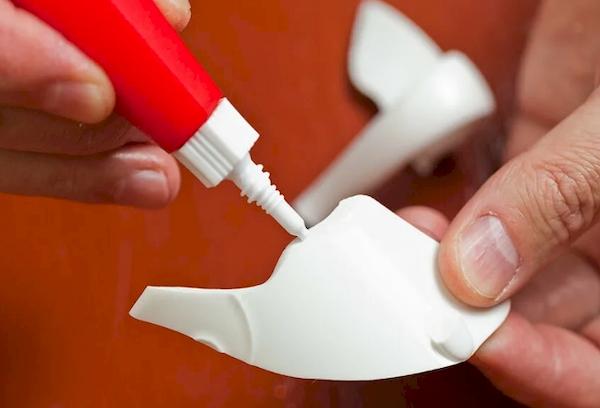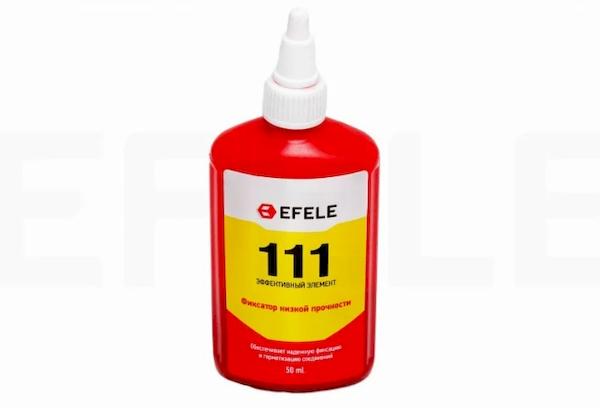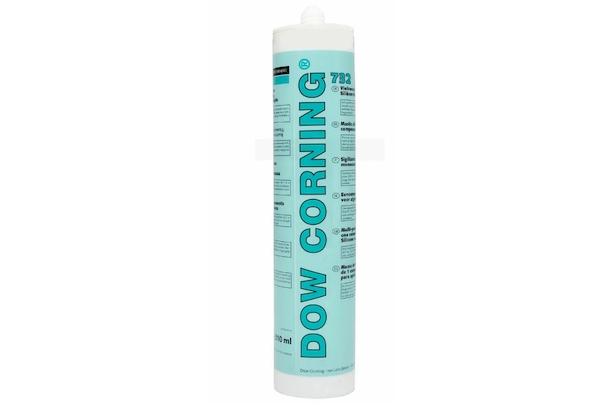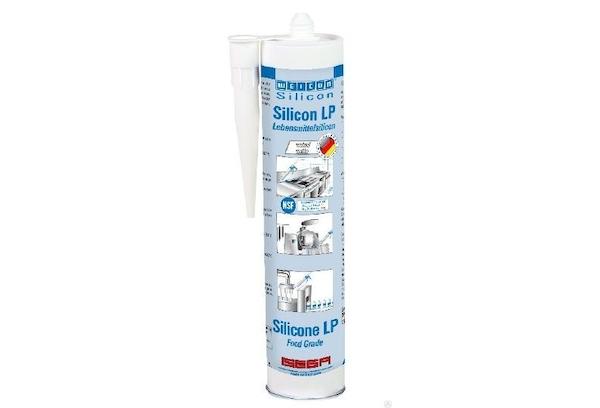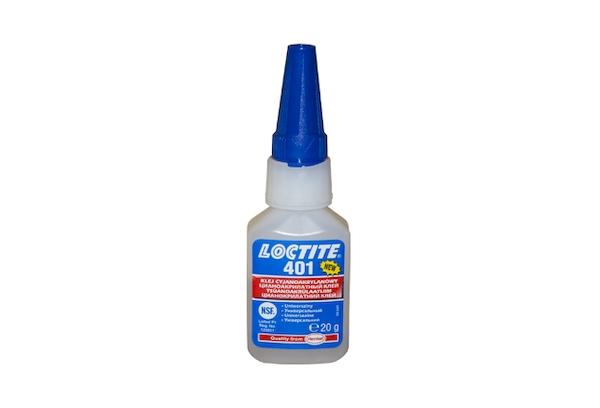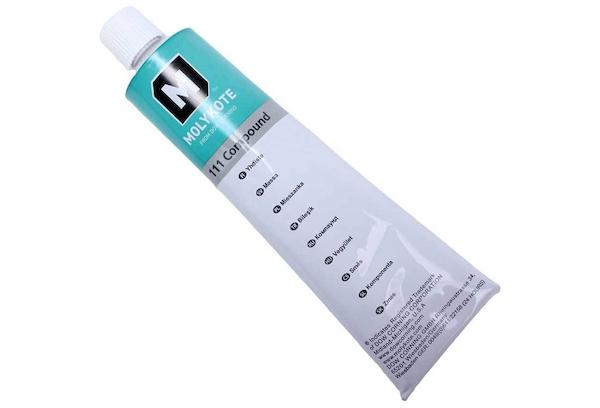Which food grade silicone sealant to choose for the hob and oven - top 5 best products
Content:
When installing and repairing kitchen appliances, it is important to use safe, non-toxic compounds. And in order to choose the right food-grade silicone and heat-resistant sealant for the hob in the countertop, you need to carefully study the composition and features of the products on the market.
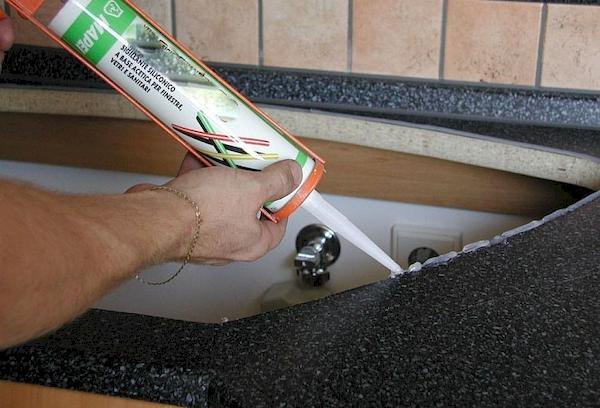
Properties and technical characteristics of food sealant
Food sealants differ from conventional sealants in that they do not contain toxic additives. Most of these products are resistant to high temperatures, which allows them to be used on heated surfaces. Operating range – from -40 to +280°C.
Sealing compounds are a viscous substance that provides a strong connection after drying. They set within 10 minutes and completely harden within 24 hours. Resistant to moisture, aggressive liquids and mechanical stress.
The scope of application of food sealants is extensive - they are used on pipelines, filtering devices, dishes, during installation and repair of cooktops, ovens, etc.
Kinds
Silicone sealants are divided into categories depending on their properties. The type of product determines the scope of its application.
For hob
Heat-resistant compounds are used to install hobs into countertops. They are available in several shades, which allows you to make the seam almost invisible. Such products are odorless, resistant to heat and contain fungicides that prevent the formation of mold and fungal outbreaks.
For dishes and containers
Sealants of this type are intended for repairing kettles and other kitchen utensils that come into contact with water. They are characterized by increased elasticity after hardening, do not dry out and do not crack. They firmly repair damage and do not collapse under mechanical stress.
For high temperatures
Products of this type operate in a temperature range from -60 to +280°C. They have a paste-like consistency, which allows them to be used when sealing both horizontal and vertical seams, for example, in ovens. In an uncured form, they can emit acetic acid, but after hardening they do not form harmful fumes even with strong heating.
Top 5 food adhesives and sealants
In retail outlets and online stores you can find many adhesive sealants suitable for working with hobs. They may have significant differences in characteristics and composition. Therefore, before purchasing, it is worth studying the list of products that have received the most flattering reviews.
Anaerobic adhesive EFELE 111
Thixotropic composition of medium viscosity. Reliably seals, protecting materials from corrosion and moisture penetration. It has a wide range of operating temperatures and is resistant to aggressive environments - gases, acids, alkalis. Retains properties for a long time, is not subject to crumbling and tearing.
Dow Corning 732
A universal sealant characterized by increased strength and heat resistance. Insensitive to prolonged exposure to UV rays and oily liquids, does not lose elasticity after hardening. It has a thick consistency and does not spread when applied.
WEICON SILICON LP
Elastic and elastic adhesive-sealant on an acetate basis. Does not contain solvents and exhibits good adhesion to various materials - ceramics, steel, aluminum, glass, etc. Resistant to UV radiation and aggressive environments, it forms strong, durable seams.
Loctite 401
A universal fast-acting adhesive that can be used not only on smooth, but also on porous surfaces. Works on a variety of materials including metals, elastomers, plastics, wood, paper, leather, cork and fabric. Suitable for galvanized and chrome plated products. Strongly connects parts, providing long-lasting adhesion.
Molykote 111
Frost-resistant and heat-resistant composition with an operating temperature range from -40 to +204°C. Resistant to moisture and chemicals, has anti-corrosion properties. Compatible with most plastics and elastomers. Reliably glues elements together and does not crack over time.
Questions and answers
When choosing and using food sealants, it is important to consider some nuances. For example, know how to distinguish an original product from a fake and what precautions are recommended when working with adhesives.
How to distinguish fake silicone?
There is no universal “recipe” that allows you to recognize a fake. But there are points that you need to pay attention to when purchasing:
- Tube strength. As a rule, counterfeit products are made of softer, easily deformable materials.
- Cap color.For a fake, it may differ slightly from the original. For example, to be not white, but yellowish.
- Information on the packaging. When packing sealants, the date and time are entered automatically while filling the tube. On fakes there is often no such information.
In addition to these criteria, it is worth paying attention to the price. If it is unreasonably low, most likely the seller is offering a counterfeit product.
Precautionary measures
Although food-grade sealants are non-toxic, you should follow standard precautions when working with them - protect your face with a mask and your hands with gloves. This is due to the fact that when uncured, some compounds emit harmful fumes. And if it gets on the skin, the product should be quickly washed off under running water.
